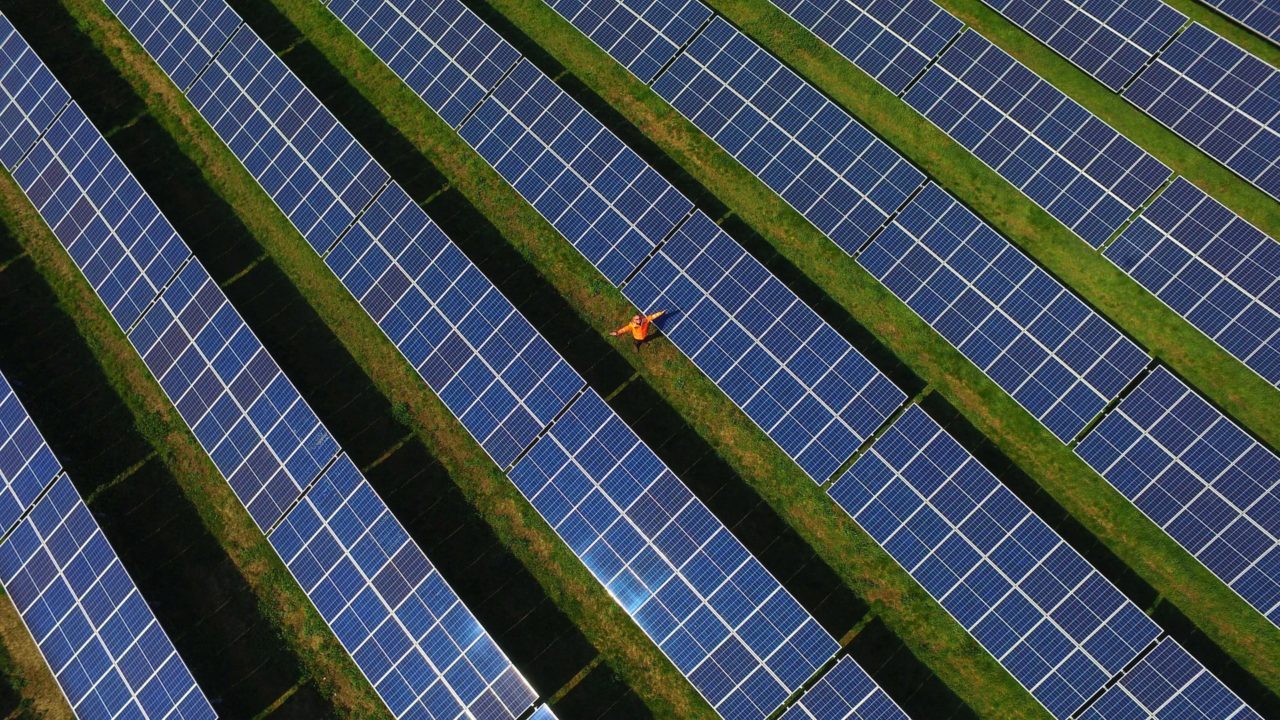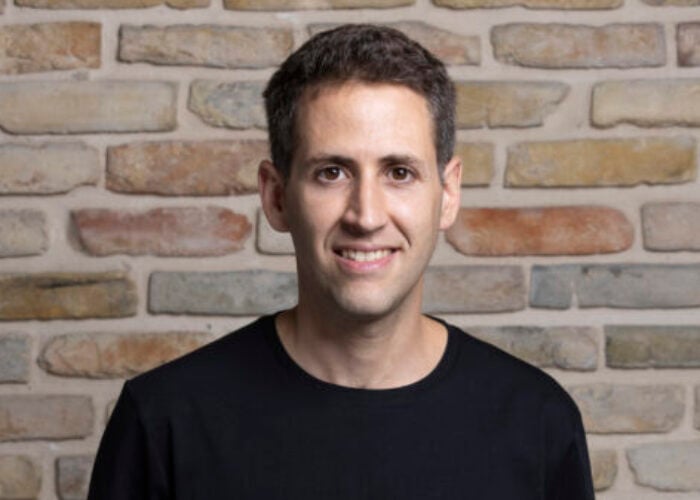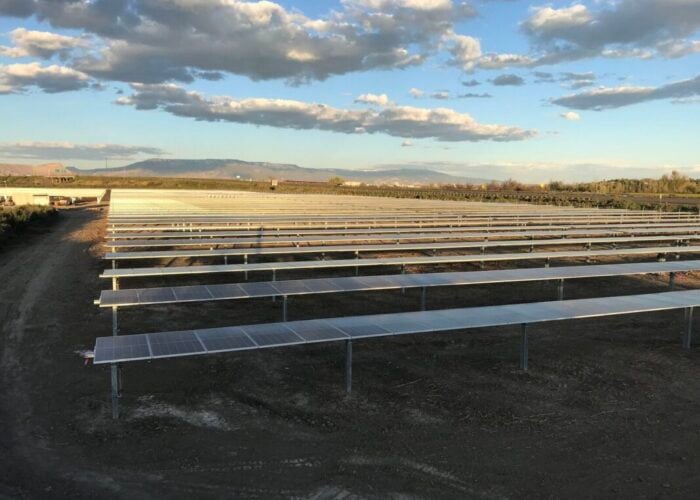
The solar industry stands on the cusp of a genuine step-change, as the long-awaited era of subsidy-free solar becomes the new reality. Solarcentury is developing subsidy-free solar projects in Spain, Italy and the UK and evaluating projects in Greece and Germany. In Spain, we are constructing 500MWp of subsidy-free solar (across two sites) and across Europe we have a further 1.5GWp pipeline in subsidy-free markets.
Subsidy-free solar has long been the predicted gateway for mass deployment, but it has a major impact on the approach to development of projects. New economic realities change both the risk profile for investors and the selection and design of projects, with large utility-scale solar farms becoming the new norm.
Try Premium for just $1
- Full premium access for the first month at only $1
- Converts to an annual rate after 30 days unless cancelled
- Cancel anytime during the trial period
Premium Benefits
- Expert industry analysis and interviews
- Digital access to PV Tech Power journal
- Exclusive event discounts
Or get the full Premium subscription right away
Or continue reading this article for free
In the UK this transition is only just getting started, but in other markets such as Spain, subsidy-free solar has already become a reality. The 300MWp and 200MWp developments which Solarcentury is building in Spain serve as a model for how a new focus on markets less reliant on Government subsidies has fundamentally changed our approach to development.
First, the financial risk profile for investors is completely different. The last couple of years has seen many debt and equity providers on a rapid learning curve to determine what risk they will and won’t accept in this new model.
For example, investors need to determine their approach to managing the risk of increasingly more solar coming onto the grid over the years and the effect this substantial increase in kWh will have on spot pricing (solar profile risk).
Equity investors are now fully up to speed and the banks have determined their risk appetites; which often varies from bank to bank and country to country. We see in all countries an increasing appetite for merchant risks. For example, in Spain we already have several banks financing fully merchant projects.
It’s important to talk up front to all parties with a financial interest to ensure a complete overview of the route to market, debt and IRR expectations.
“The selection and design of projects is changing and impacting the way developers assess opportunities. Without the buffer of a government-backed income stream the model becomes more sensitive, and projects need to be managed significantly more carefully in terms of capex and opex”
Second, the selection and design of projects is changing and impacting the way developers assess opportunities. Without the buffer of a government-backed income stream the model becomes more sensitive, and projects need to be managed significantly more carefully in terms of capex and opex.
Size is everything to achieve the necessary economies of scale, and ongoing costs such as rental for the land, O&M and taxes could severely damage the IRR if not managed precisely. This impacts decision-making, and as a result Solarcentury now excludes many more projects from development than in previous years.
To achieve the accuracy required to model and predict the systems and be on budget and programme requires the collective expertise of all disciplines from the very start of a project. The engineers, procurement team, project managers, asset managers and the data management team all provide considerable input into the planning, and without such a multi-disciplinary approach, it’s hard to imagine how a pure-play developer could achieve the level of precision required to model and plan developments with such tight parameters.
As an example of how this collaboration has paid dividends, two years ago Solarcentury’s procurement team started working with our supply chain on their roadmap of products, determining which products we should be building with in 2019/20. As a result of this, our engineering team designed the Talayuela and Cabrera solar farms using products that didn’t exist at the time of designing – increasing efficiency and providing a highly accurate view of how the systems will perform. This is essential for long-term investment planning.
This is an extract of an article first published in Volume 23 of PV Tech Power. The full article can be read here, or in the full digital copy of PV Tech Power 23, which can be downloaded for free here.






